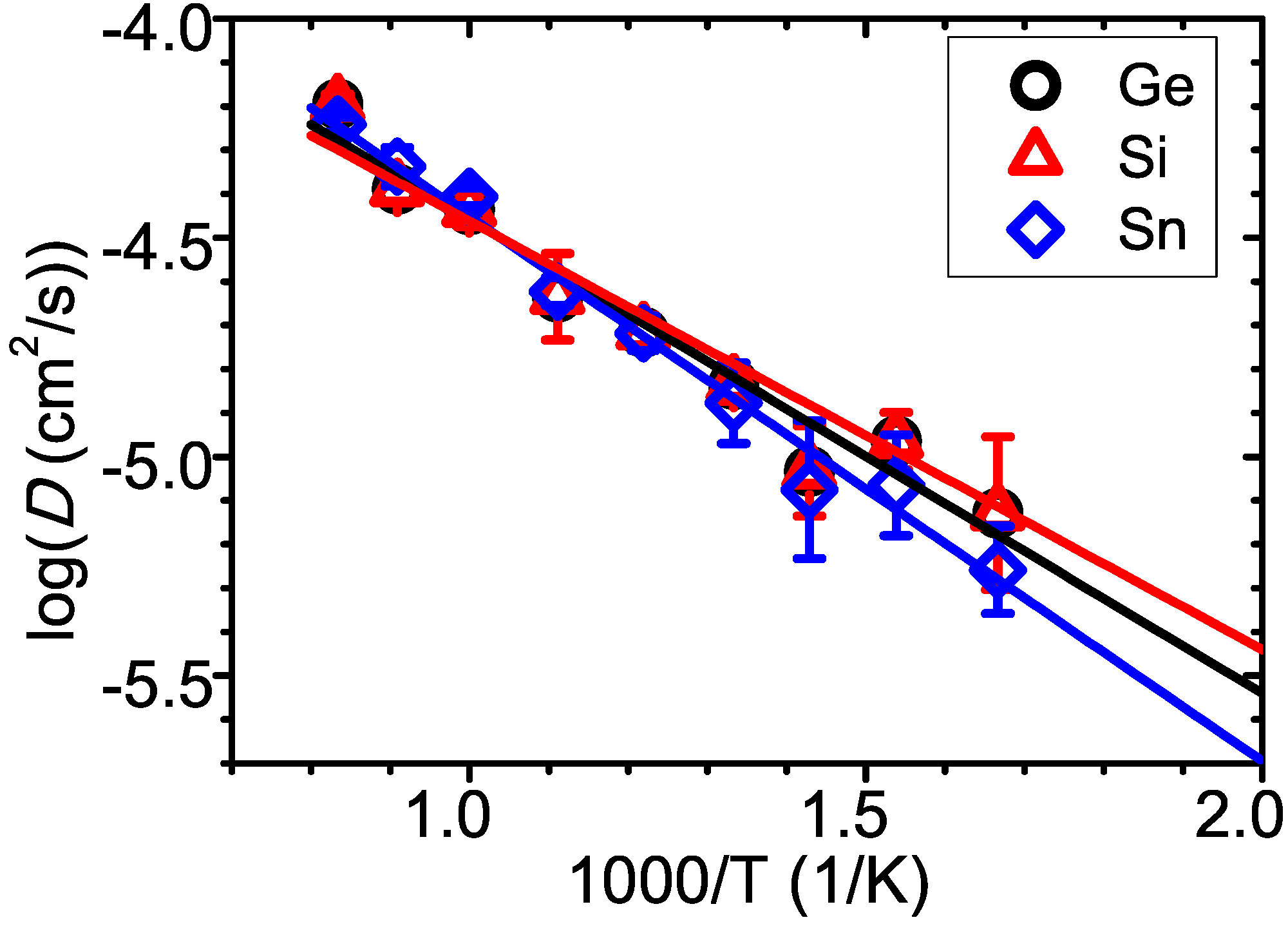CCMS Summer Institute Lecture 2022
Graphs are a natural way to represent atoms and bonds. In this lecture titled “Mathematical Graphs as a Representation for Materials”, Prof Shyue Ping Ong introduces the basics of graph deep learning and its application in materials science. MatErials Graph Networks (MEGNet) models have immense flexibility and expressiveness that can be adapted to datasets of diverse quality and quantity. We also demonstrate how the application of simple principles like energy minimization or interatomic development with materials graph models with 3-body interactions (M3GNet) can be used in the discovery of new materials **without** ab initio calculations, paving the way for massive-scale computational materials design. Prof Ong also introduces the matterverse.ai initiative, an open initiative to use ML to greatly expand the explorable matterverse. This lecture also includes two hands-on tutorials using Google Colab to demonstrate key concepts and the application of MEGNet and M3GNet models for property predictions and crystal structure relaxation. This Lecture is part of the Lawrence Livermore National Laboratory (LLNL) Computational Chemistry & Materials Science (CCMS) Summer Institute held from June 6 to August 12, 2022. The program offers graduate students the opportunity to work directly with leading LLNL researchers on the development and application of cutting-edge methods […]

